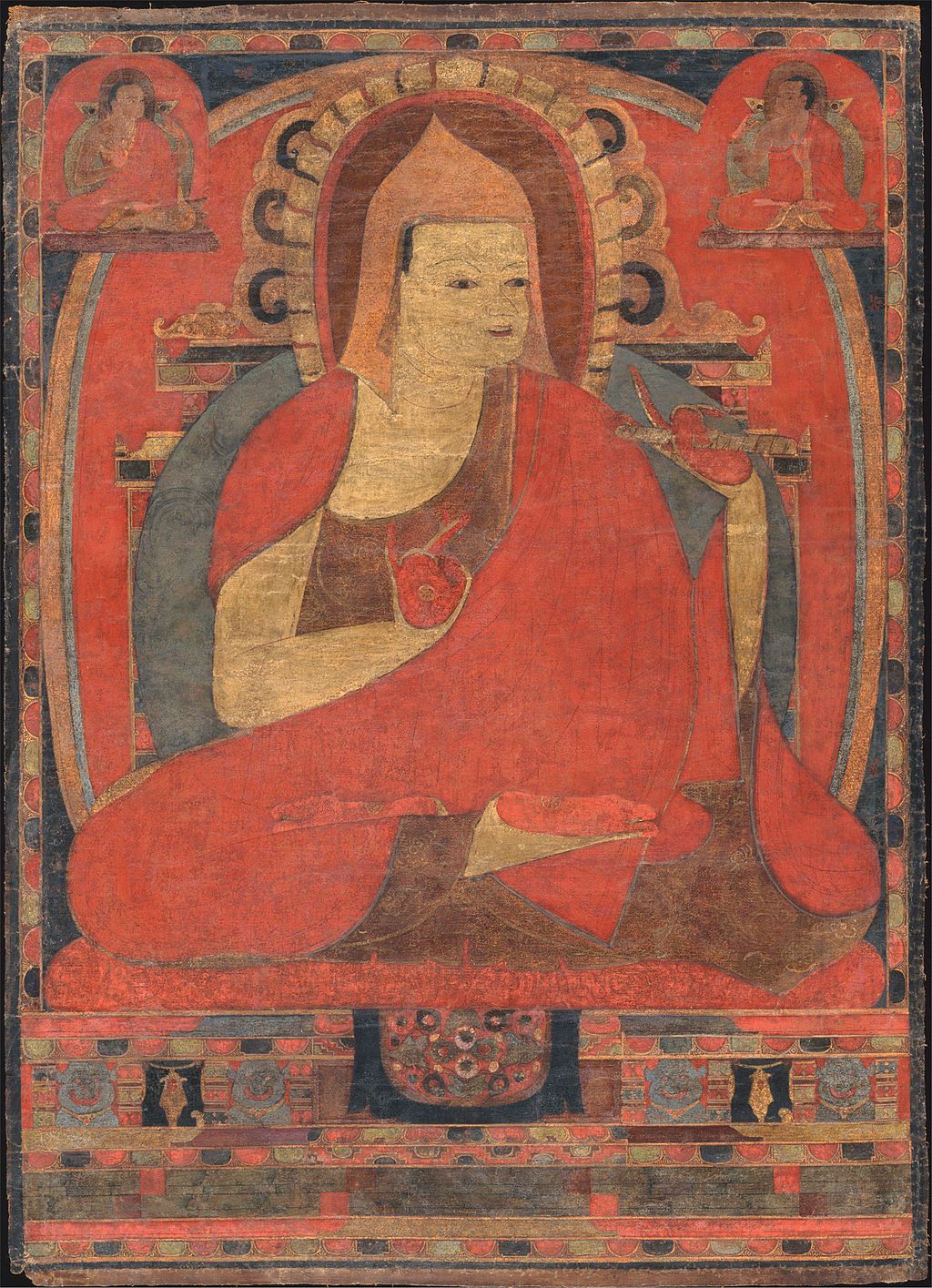
THE WISDOM ACADEMY PRESENTS
Atisa’s Pith Instructions on the Middle Way
An online course with Lama Alan Wallace
Discover the Middle Way teachings of Atiśa, one of the greatest thinkers in the history of Indian Buddhism.
Tuition: $247
This course is in self-study mode, so you can take it at your own pace. After enrolling, check your email for a welcome email with instructions on how to take the course. When you enroll in any Wisdom Academy course, you agree to our terms of use. Enrolled students have lifetime access to course materials. Wisdom is a 501(c)(3) nonprofit. Your tuition supports the creation of more courses like this one. Thank you! For more about our terms, please see the Wisdom Academy FAQ.
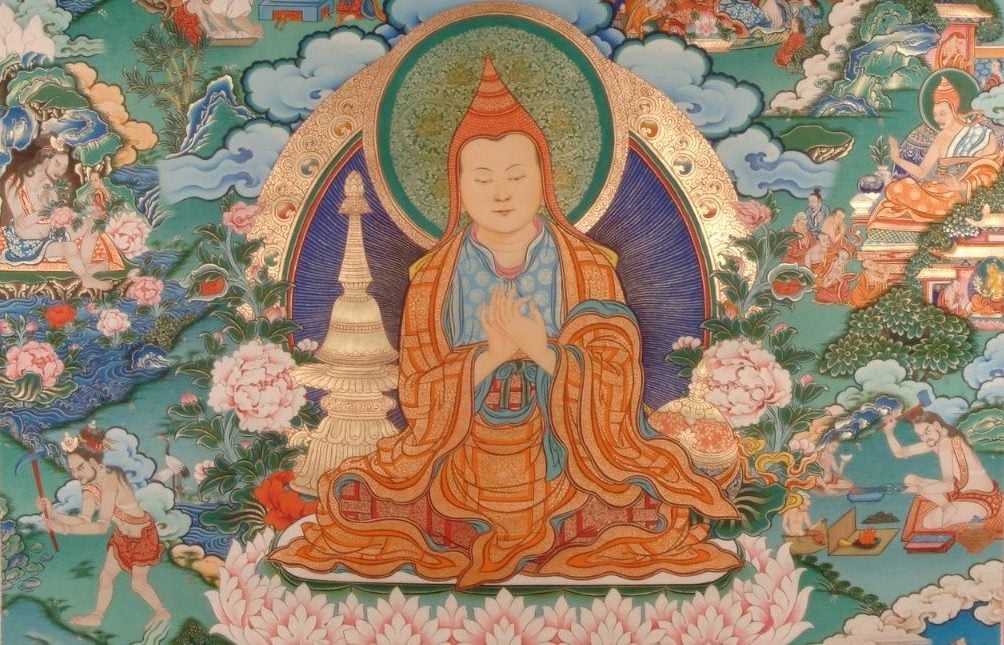
In this Wisdom Academy online course, you’ll be guided by Lama Alan Wallace as he presents his translation and guides students through this newly uncovered Atiśa text, Pith Instructions on the Middle Way (Madhyamakopadesha), with commentary by Prajñāmoksha.
What you’ll learn
• Atiśa’s practical techniques of meditating on the Mādhyamaka middle way philosophy;
• how to understand the Dzogchen tradition and Mādhyamaka meditation on the nature of the mind;
• how to use personal experience in the “laboratory” of analytic meditation;
• advice on properly establishing the correct middle way view;
• and much more!
Tuition: $247
This course is in self-study mode, so you can take it at your own pace. After enrolling, check your email for a welcome email with instructions on how to take the course. When you enroll in any Wisdom Academy course, you agree to our terms of use. Enrolled students have lifetime access to course materials. Wisdom is a 501(c)(3) nonprofit. Your tuition supports the creation of more courses like this one. Thank you! For more about our terms, please see the Wisdom Academy FAQ.
If you want to look into the mind of Atiśa and benefit from his profound wisdom, this course is for you.
In this text, Atiśa presents an interpretation of Mādhyamaka philosophy. His approach harmonizes strongly with Dzogchen meditative practices and views of the nature of appearances and reality. By recognizing our own and others’ selflessness, we connect more and more with our own Buddha-nature. These teachings can illuminate the darkest depths of delusion, opening the lotus of the heart for the benefit of all sentient beings.

What You Get
8 lessons with about one hour of video teaching per lesson
10 guided meditations
Access to a newly revised translation of the 12-page root text by Atiśa with commentary by Prajñāmoksha, translated by Lama Alan Wallace
Additional readings
Quizzes and a forum to participate and share with other students
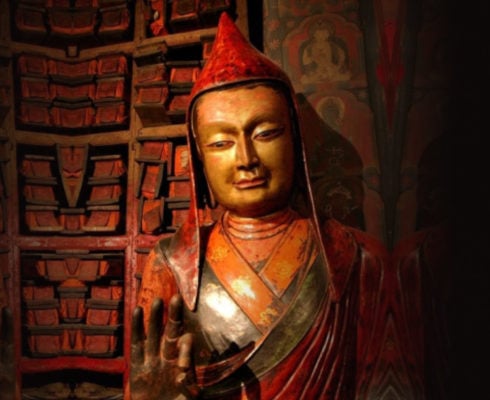
Lesson 1: Looking Into the Mind of Atiśa
Lama Alan Wallace presents his translation and guides students through this newly uncovered pith instruction on the Middle Way by Atiśa Dīpamkara Śrījñāna, with commentary by Prajñāmoksha. Key practical advice on meditating on the Mādhyamaka Middle Way philosophy is provided in this short but profoundly liberating text.

Lesson 2: Light Rays of Dharma
Lama Alan explores the motivational statements from Atiśa and Prajñāmoksha in the text, testing their relevance a millennium after being written down. Without diluting or modernizing the Dharma, these teachings can illuminate the darkest depths of delusion, opening the lotus of the heart for the benefit of all sentient beings. The ‘‘just-that-ness’’ of emptiness transcends karma, afflictions, and self-centered attachment. Resting in sheer luminosity, the distilled mind without additives provides the ultimate inner refuge.

Lesson 3: Analyzing Experience
Lama Alan explains how a phenomenological approach to analyzing reality can lead to an understanding of the modes of appearance of phenomena, without asserting how they might exist ontologically. By recognizing our own and others’ selflessness, the result can be taken as the path and a powerful technique to shift identification to the basis of Buddha-nature can be utilized.

Lesson 4: Great Wisdom, Great Compassion
The greatness of wisdom and compassion is asserted due to their ability to free all sentient beings from suffering and provide their perfect happiness, unendingly. The Mahāyāna foundation of these teachings is illustrated skillfully by Lama Alan Wallace, drawing out the far-reaching implications of emptiness and how this view is mutually dependent with a compassionate motivation.

Lesson 5: Eradicate Grasping
Lama Alan reiterates the motivation for understanding emptiness, relating the quest of the Buddha Shakyamuni to find freedom from suffering. All mental afflictions arise from reification; realizing emptiness cuts delusion at its root. Walking the narrow path of the middle way, appearances are viewed as causally effective but deceptive in terms of their true nature.

Lesson 6: Ultimate Genuine Wisdom
Wisdom of emptiness cuts off labeling and designation of phenomena, making space to investigate and recognize afflictions and their causes. Lama Alan presents the four modes of arising as potent weapons to mortally wound solidified ideas of inherent existence.

Lesson 7: View, Meditation, Conduct
The practice of emptiness calls for the de-subjectification of mind and the de-objectification of experience. Dwelling in the luminous knowing state of the dharmakāya, conduct unfolds naturally, free from identification with serene immediacy of the present moment.

Lesson 8: Deepening Emptiness
Lama Alan completes Atiśa Dīpamkara Śrījñāna’s text Pith Instructions on the Middle Way, reviewing the final section addressing potential qualms and objections with the philosophical import of the Middle Way. With experience, even the illusion-like character of reality cultivated in the post-meditative state is transcended and the dharmakāya realized.
Tuition: $247
This course is in self-study mode, so you can take it at your own pace. After enrolling, check your email for a welcome email with instructions on how to take the course. When you enroll in any Wisdom Academy course, you agree to our terms of use. Enrolled students have lifetime access to course materials. Wisdom is a 501(c)(3) nonprofit. Your tuition supports the creation of more courses like this one. Thank you! For more about our terms, please see the Wisdom Academy FAQ.
1) If you want to understand what Atiśa taught about the Middle Way
2) If you want to learn about how to bring Mādhyamaka thought into your practice, including seeing selflessness in yourself and others
3) If you want to learn how to use your own personal experience in the “laboratory” of analytic meditation.
Tuition: $247
This course is in self-study mode, so you can take it at your own pace. After enrolling, check your email for a welcome email with instructions on how to take the course. When you enroll in any Wisdom Academy course, you agree to our terms of use. Enrolled students have lifetime access to course materials. Wisdom is a 501(c)(3) nonprofit. Your tuition supports the creation of more courses like this one. Thank you! For more about our terms, please see the Wisdom Academy FAQ.
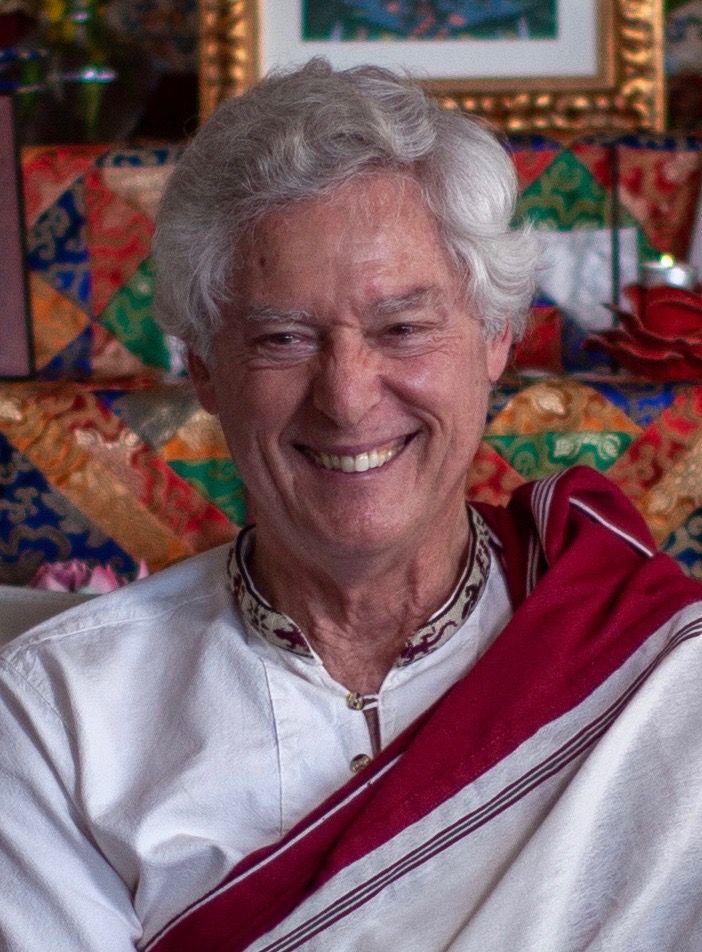
Dynamic lecturer, progressive scholar, and one of the most prolific writers and translators of Tibetan Buddhism in the West, Lama Alan Wallace, PhD, continually seeks innovative ways to integrate Buddhist contemplative practices with Western science to advance the study of the mind. Lama Alan, a scholar and practitioner of Buddhism since 1970, has taught Buddhist theory and meditation worldwide since 1976. Having devoted 14 years to training as a Tibetan Buddhist monk, ordained by H. H. the Dalai Lama, he went on to earn an undergraduate degree in physics and the philosophy of science at Amherst College and a doctorate in religious studies at Stanford. He later studied Dzogchen with Gyatrul Rinpoche, a senior teacher in the Nyingma school of Tibetan Buddhism. With his unique background, Dr. Wallace brings deep experience and applied skills to the challenge of integrating traditional Indo-Tibetan Buddhism with the modern world.
He is the author and translator of several books, including Düdjom Lingpa’s Visions of the Great Perfection, Stilling the Mind: Shamatha Teachings From Dudjom Linpa’s Vajra Essence, Tibetan Buddhism from the Ground Up, Natural Liberation: Padmasambhava’s Teachings on the Six Bardos, and The Attention Revolution.
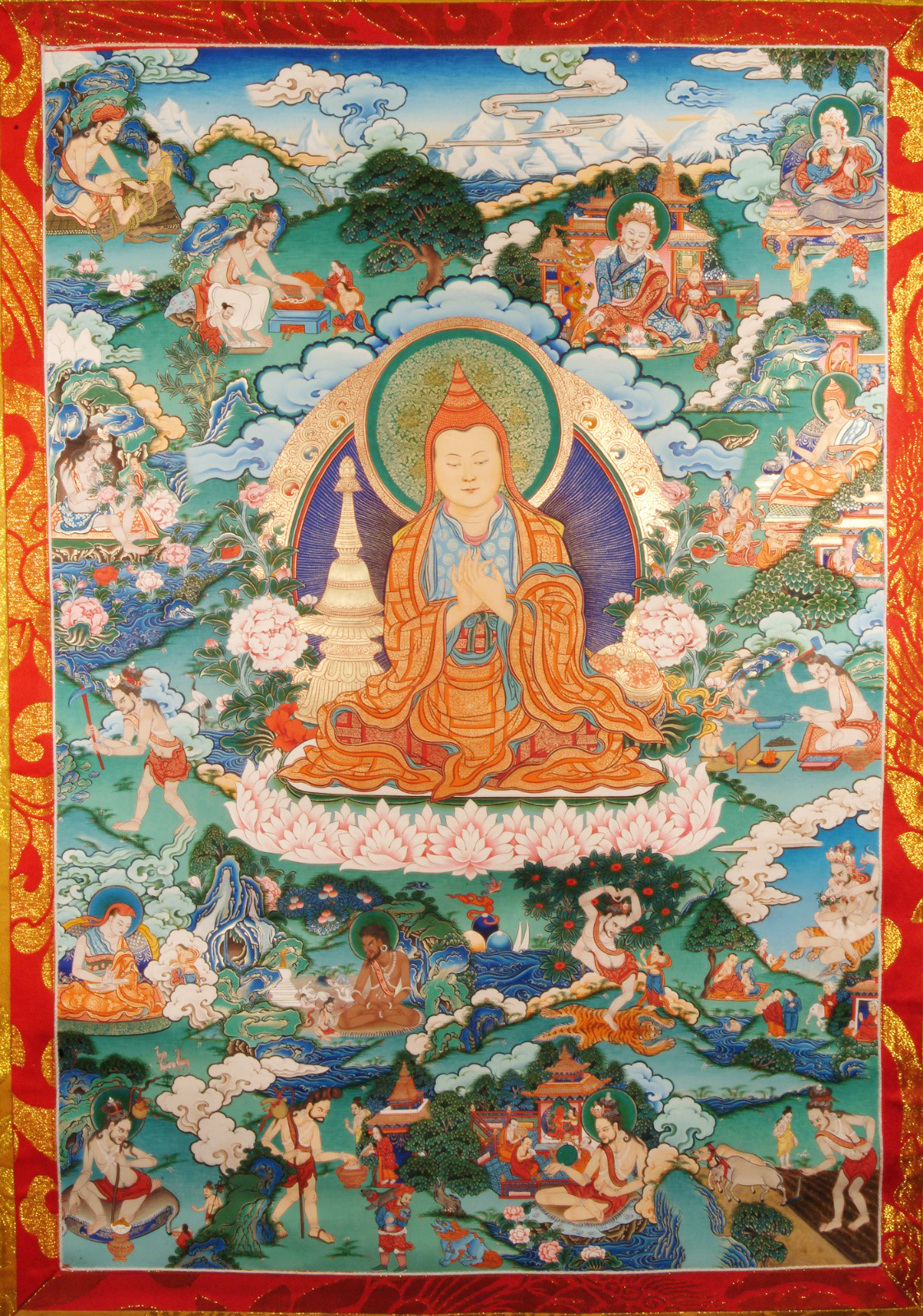 Atiśa Dīpaṃkara (982–1054) was an Indian Buddhist master born in Bengal. Revered by all the schools of Tibetan Buddhism, Atiśa and his students founded what came to be known as the Kadam school, whose teachings have influenced countless Buddhist masters. These teachings, cherished by all major traditions, are preserved by the Geluk in particular, the school of the Dalai Lamas.
Atiśa Dīpaṃkara (982–1054) was an Indian Buddhist master born in Bengal. Revered by all the schools of Tibetan Buddhism, Atiśa and his students founded what came to be known as the Kadam school, whose teachings have influenced countless Buddhist masters. These teachings, cherished by all major traditions, are preserved by the Geluk in particular, the school of the Dalai Lamas.


